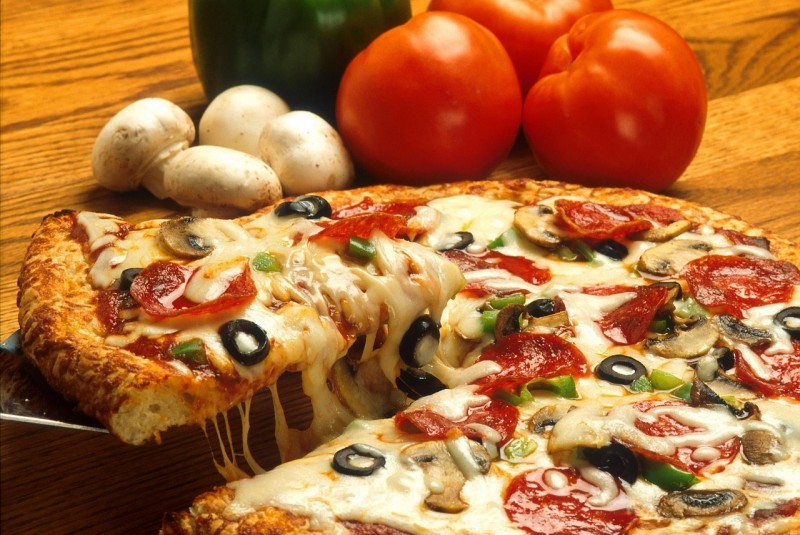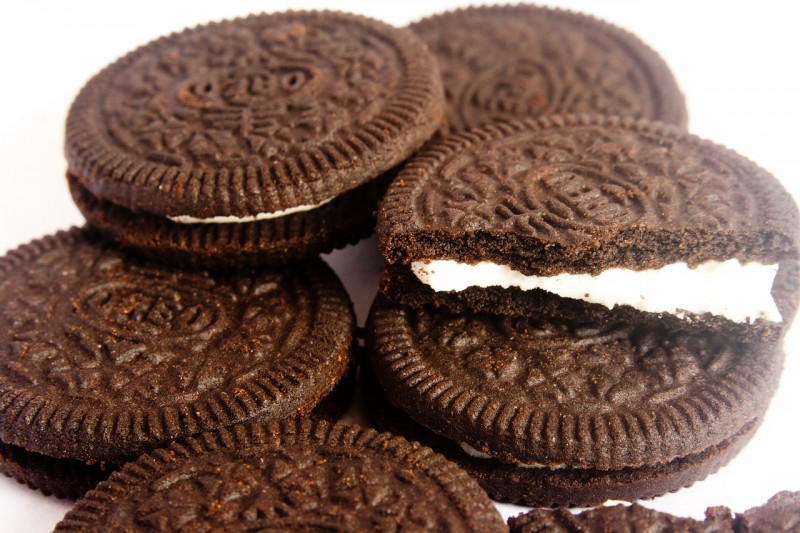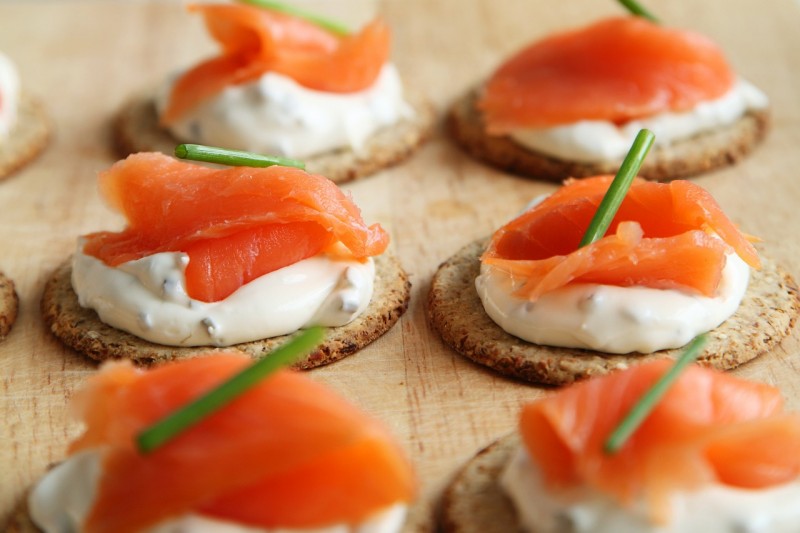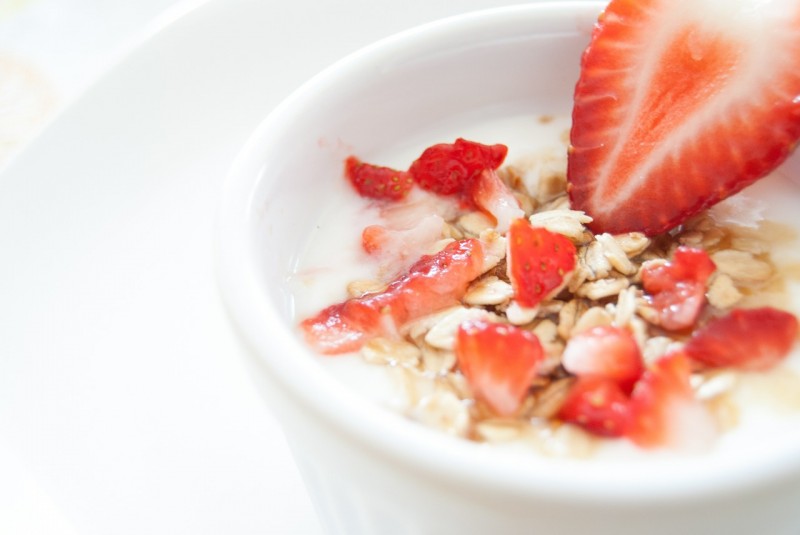
Within the realm of dieting, one of the most bandied about subjects is the hallowed and feared “cheat day” or “cheat meal.”
The concept of “cheating” on a diet is an immensely popular one, with opinions shifting from “cheat meals” being a necessity, to the opposite side stating that clean eating is never to be broken. Diets are ruined by cheat days run amok, while others claim they got abz and cutz by grace of massive gorging during planned meals.
Fights rage between proponents of If It Fits Your Macros (IIFYM) and more traditional bodybuilding “clean” dieting that “dirty” foods ruin progress, or are a mark of mediocrity and lack of discipline.
Throughout this however, there seems to be little to no consensus of what the definition of “cheating” is. Semantic arguments abound from all sides, and whomever is arguing will shift the goal posts of what it means to suit their argument.
With this in mind, I hope to bring some clarity to the landscape. At mountaindog diet, we work with hundreds of clients a year, and we do, in fact, have fairly sound definitions of the dietary terms that surround the “cheat” meal.

The following are definitions I've refined from a variety of sources. Credit goes to John Meadows of course, Scott Abel, Trevor Kashey, and Skip Hill. Always give credit where credit is due, and I'd not want anyone believing I simply “made these up.”
Keeping a mind to context, I’ll explain the application of each definition, what population it can or cannot be applicable to, and a little bit of the science behind its usage.
To preface: At mountain dog diet, all of our clients eat four to six times a day, six meals a day being the average. This is a traditional bodybuilder style eating, and we have made it highly effective. If one has issue with this and wants to contradict eating this way, feel free, but keep in mind our practices are backed by actual client results, and I am not advocating this is the ONLY way to eat. This is how we do it relative to the populations we work with. And our clients are quite pleased with their results.
Further, all of these terms are simply definitions, not instructions of specific application. How they are used client-to-client is largely individual, and is something that we customize when working with people for long periods of time. They are not straight suggestions that EVERY diet must have one of these in it or it’s a “wrong” diet. If you are thinking that way, your mentality is likely the source reason you have trouble dieting, not the food you are eating.
So said simply, don’t read the definition and then start believing you need a 2,000 calorie reefed meal because you dieted for two weeks. You're still fat, and you don’t need a refeed meal. You need to eat more lettuce.
Context established, lets get to the definitions.
Cheat Meals
These are meals which are directed to be used one to two times weekly. During these meals, calories in which calories are generally controlled to no more than double the meal being replaced. Food choice during these meals is fully flexible, and this can be clean food per the diet, or food of the client's choice. These cheat meals are used firstly for mental relief from the strictures of dieting. While mountain dog diets are generally more diverse in the quality and taste of food, there is still normal instance of clients wanting to eat “off plan.” The cheat meals allow for mental relief and can improve adherence through planning ahead.
Such meals also can improve metabolic flexibility. This is often an overlooked aspect in dieting, and for clients who may eat the same foods constantly, a bit of dirty eating each weeks helps to maintain digestive flexibility.
Free Meals/Have-a-Life Meals
This is an alternative to the “cheat meal.” Although this can be argued semantically, I will say that depending on the clients needs, state, and their current mentality with diet, assigning “cheat meals” is a recipe for disaster, as their association with cheating is inherently negative. This causes undo mental stress and can unmake a diet.
Alternatively, for clients that might have a lot of fat to lose, or are metabolically-tolerant with dieting for long periods of time (some people handle low calories very well), or in the case of a maintenance diet, the Free Meal or HAL meal is used.
In a Free Meal, calories are matched approximately to the meal being replaced, and are allowed once to twice weekly as relaxation from "clean eating" without degrading into filthy eating.
In HAL meals, these are simply times in which going off diet is largely unavoidable, or even encouraged. This could be ranging from attending to a birthday dinner to being invited to go out with colleagues or ending up at a weekend BBQ unplanned. Rather than advising the client to not eat, I advise them to partake in whatever the function is, eat what is available, and DON’T WORRY ABOUT IT. Sometimes “shit happens”, and eating shitty food is A-okay.
Refeed Meals
These are more specific in application than the cheat meal. For athletes that have been both training intensely (five to seven days weekly) and dieting intensely on low calories and often low carbs, glycogen depletion can begin to impede performance. Also, a metabolic slowdown effect can occur and negatively effect hormones, energy levels, as well as impacting digestion.
A refeed meal then is a defined cheat, in which the client is specifically directed to refuel with a higher calorie meal that can be clean or dirty. This meal takes advantage of a supercompensation effect, during which metabolism elevates from the large calorie increase, glycogen is replenished, and training performance and readiness elevates from the calorie boost. There is a hormonal effect that accompanies this, although listing the entirety of the hormonal cascade is far beyond the scope of this article.
The refeed meal is NOT used for a “casual” dieter that is eating at maintenance or trying to drop weight in three weeks, nor is used because you think your calories are low for a week and you need to eat Hardees.
With all of our clients, calories are entirely accounted for training and non training days, our deficits are set of estimated maintenance levels and adjusted accordingly week to week. Training performance, sleep, and daily energy is monitored, and when a refeed is planned, its purpose is specific to the individual.
Spike Days/Shit-Loading
I hesitated to include this, but I feel its worthwhile to talk about.
First, this concept is best defined by the written works of Scott Abel, and is notably used by elitefts Team Member, Skip Hill. Putting this concept into practice, I'd strongly advise that you do NOT attempt this on your own without seeking expert help.
Context, the idea of glycogen loading is popular in endurance events, but also relevant to bodybuilding competition during the week of contest. Often called “peak week,” bodybuilders have a variety of ways to load carbs, sodium, shed water, and maximize muscle fullness and definition.
Understand the “science” of how to administer these things is more art than “hard science,” and there are many ways of accomplishing a stage-worthy physique. A spike meal or shit-loading day takes advantage of metabolic supercompensation, and ensures metabolism won't be crawling at any point while chewing through lettuces and chicken breast the other six days go the week. You also get a nice food coma and skin-splitting pump the days after.
Relative to the Spike meal concept or shit-loading day, this practice is an expansion of the refeed meal. Ranging from a two-hour window of time to an entire day, an individual will eat very large quantities of calories, largely uncontrolled, and will engage in what I call XXX eating. I call it is because it makes me laugh and sex jokes can be made about foodgasms, so there. This goes beyond “dirty” eating and is eating whatever you want, like Oreos dipped in cookie butter while drinking root beer floats with pizza and ranch dressing and fries with BBQ sauce.

Who does this? This IS NOT for most people unless you fit the following perameters of:
1) Being at an already LOW level of bodyfat (if you have to ask how low, you don’t need a shit-loading day)
2) A high volume of training (three times weekly of 3x5 is NOT going to cut it)
3) Metabolism being able to adjust to a supercompensation mode (not for everyone, who should stick with more traditional methods)
4) You have the mental state to handle this kind of eating and not freak out about it (you will wake up heavier the next day)
This concept always intrigues the hell out of people, but 99% do not have the education, experience, perspective to execute it properly. You are warned.
Know Where You Are
And if you don’t know, don’t attempt to use one of the above in your current diet. While I expect questions on how the above are to be used, keep in mind that diets are variable in tactics. Beyond the fat loss fundamentals of consuming less calories than you are burning, there are many ways to adjust and modify. It's very difficult to arbitrarily say “do this” without knowing someones current needs, state, and past experience.
In closing, these are the definitions I use with clients, they work well, and its highly probable they are similar to what other people do. I do not claim to have domain of ownership over commonly applied strategies, so if you desire to learn more, I'd suggest seeking out the mountain dog site, or any of the above coaches mentioned.
And lastly, if you haven’t had cookie butter with Oreos, I'd really suggest you try it, lest your life be incomplete otherwise.













For example dirty carb food would be carbs from fruity pebble or another sugar packed cereal, where as a clean carb food would be a baked sweet potato.